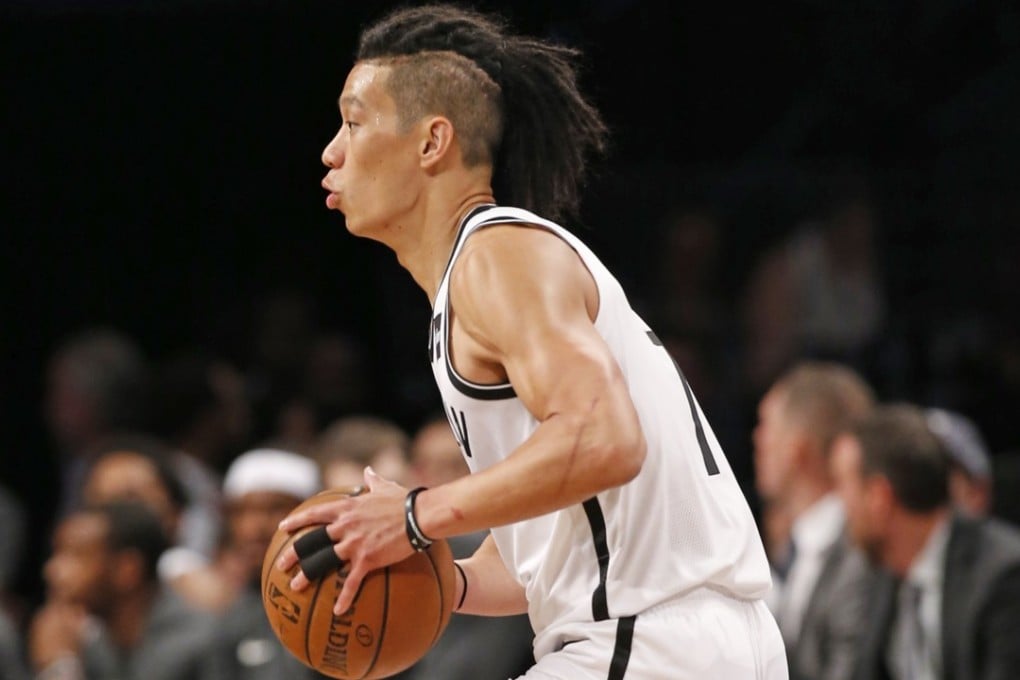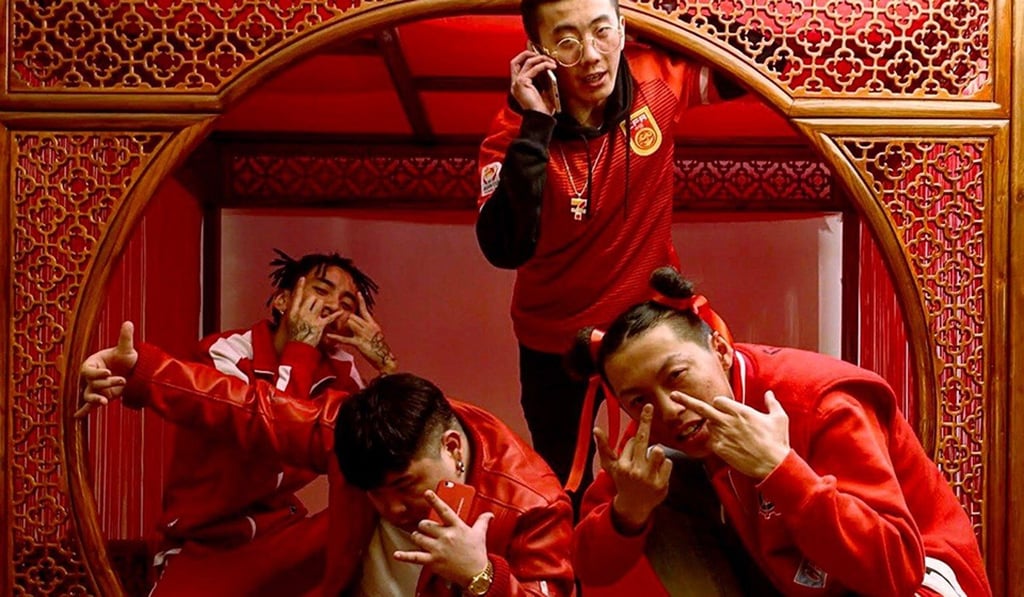Reflections | Why Jeremy Lin’s dreadlocks should not be viewed as cultural appropriation
Former NBA player Kenyon Martin may not have approved the American’s new hairdo but cultural expressions – be it fashion, music or art – do not belong to any one race or country

Jeremy Shu-How Lin, the first American of Han-Chinese descent to play in the National Basketball Association, was recently criticised by former NBA player Kenyon Martin for sporting dreadlocks. Martin, an African-American, excoriated Lin for “cultural appropriation”.
The issue of cultural appropriation is a tricky one. When does an appreciation for a cultural expression foreign to one’s own experience become “appropriation”? It is also complicated by the power relations between advantaged and disadvantaged groups.

Over several millennia, the Han Chinese have “appropriated” many aspects of non-Han culture and made them their own. Many traditional Chinese musical instruments, in fact, had non-Han Chinese origins. The pipa and erhu, two of the most recognisably Chinese musical instruments, originally “belonged” to the peoples to the north and west of the Chinese homeland.
During periods when parts of China were ruled by non-Han Chinese, such as the Northern and Southern dynasties (420-589), or when China was at its most cosmopolitan, as during the Tang dynasty (618-907), “foreign” music and songs were fashionable entertainment, much like hip hop, R&B and rap are popular in China today.

